RFID Pakistan
Leading Co. for RFID/GPS/RTLS/ESL/IoT Solutions
Pioneers in implementing RFID Solutions in the Forces & Industries Sector since 2011 in Pakistan
Start Now - Meet the ExpertPioneers in implementing RFID Solutions in the Forces & Industries Sector since 2011 in Pakistan
Start Now - Meet the Expert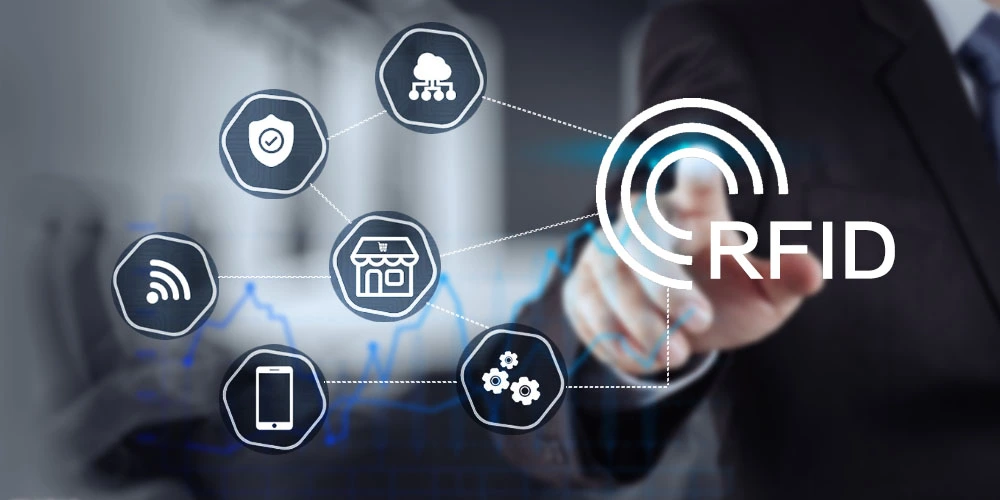


Pioneers in implementing RFID Solutions in the Forces & Industries Sector since 2011 in Pakistan. In an increasingly fragmented, regulated and uncertain world, RFID PAKISTAN technology gives businesses, governments, consumers a safe private, and unobtrusive way to keep track of it all.
RFID PAKISTAN is a Registered Trademark from IPO. RFID PAKISTAN is Registered with Pakistan Software Export Board (PSEB) vide Registration No. Z-25-11473/24


The RFID Solutions Center is staffed by a team of experts with years of experience in designing and deploying successful RFID solutions. There are almost as many RFID applications as there are business types. RFID-PAKISTAN has established a leadership position in these basic categories:
Video ShowcaseEfficiently track and secure valuable assets with real-time RFID monitoring to prevent theft and loss.
Enhance operational efficiency through advanced RFID technology, enabling seamless data collection and process automation.
Streamline logistics and transit with RFID for accurate tracking, reducing delays and optimizing transport workflows.
With RFID Boost productivity in industries by automating inventory, equipment tracking, and workflow management.
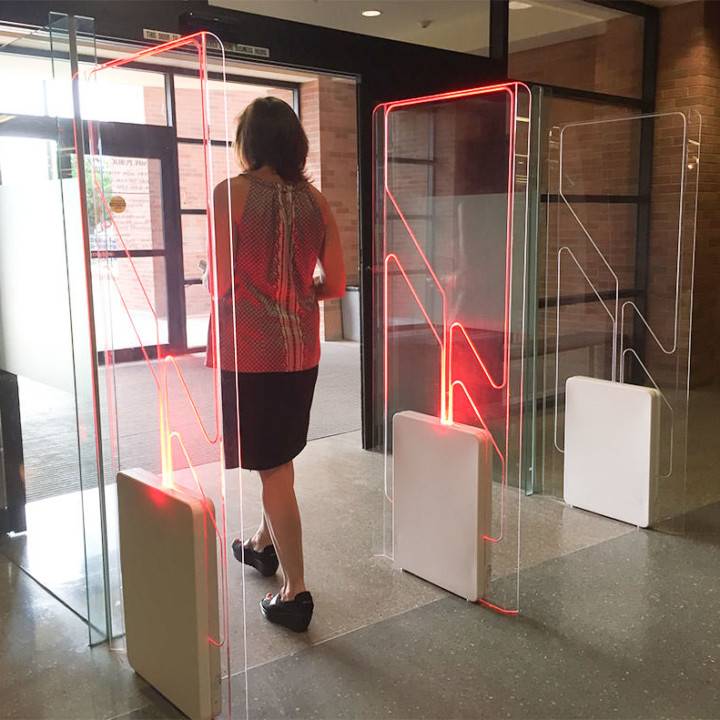
Now once a shoplifter takes this umbrella and walks to the exit then a large RFID door antennas placed near the exit detect the presence of the tag and sound an alarm.In case of a genuine shopper...
Discover More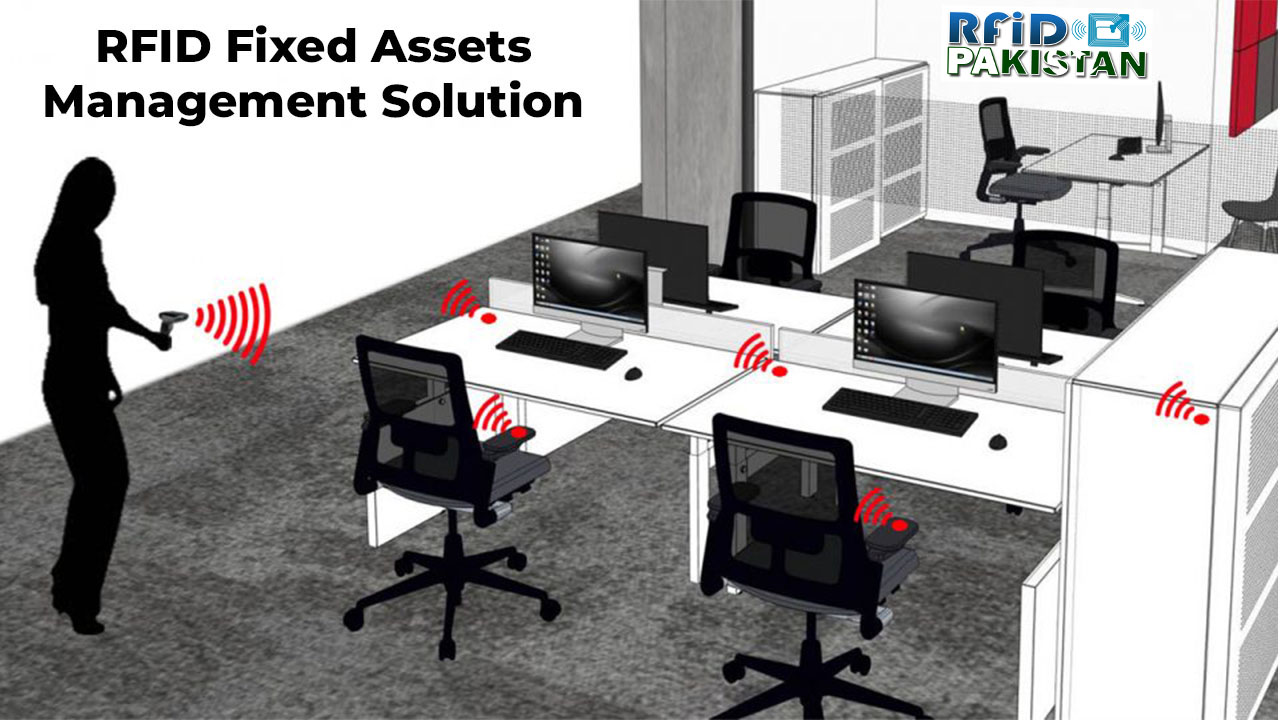
RFID tags need not be physically present only on the exterior of an asset but, they can be mounted safely in a place where they may not be visible easily to the eye but are nonetheless, easily visible to an RFID reader....
Discover More
RFID injected tag are remain under the skin of the animal while delivered through a special syringe, their advantage is that they are less painful also there is no outside identification mark...
Discover MorePieces of jewellery are often very small and so it can be quite a difficult task to count and display detailed information on such tiny items. With RFID Shell system can scan and count the Jewellery and with RFID...
Discover MoreInstead of the ordinary bar coded stick-on labels, we can use RFID inlay stick-on labels. These have a printed portion, as well an RFID tag inlay, which can be either a read only or a WORM (write once read many) type...
Discover More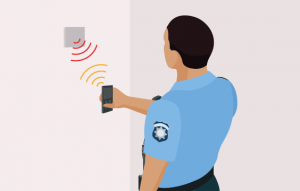
Our Cloud and RFID-based Guard Patrolling System with a machine-readable RFID interface using a Mobile phone/Handheld device is a system for logging the rounds of personnel in a variety of situations...
Discover More
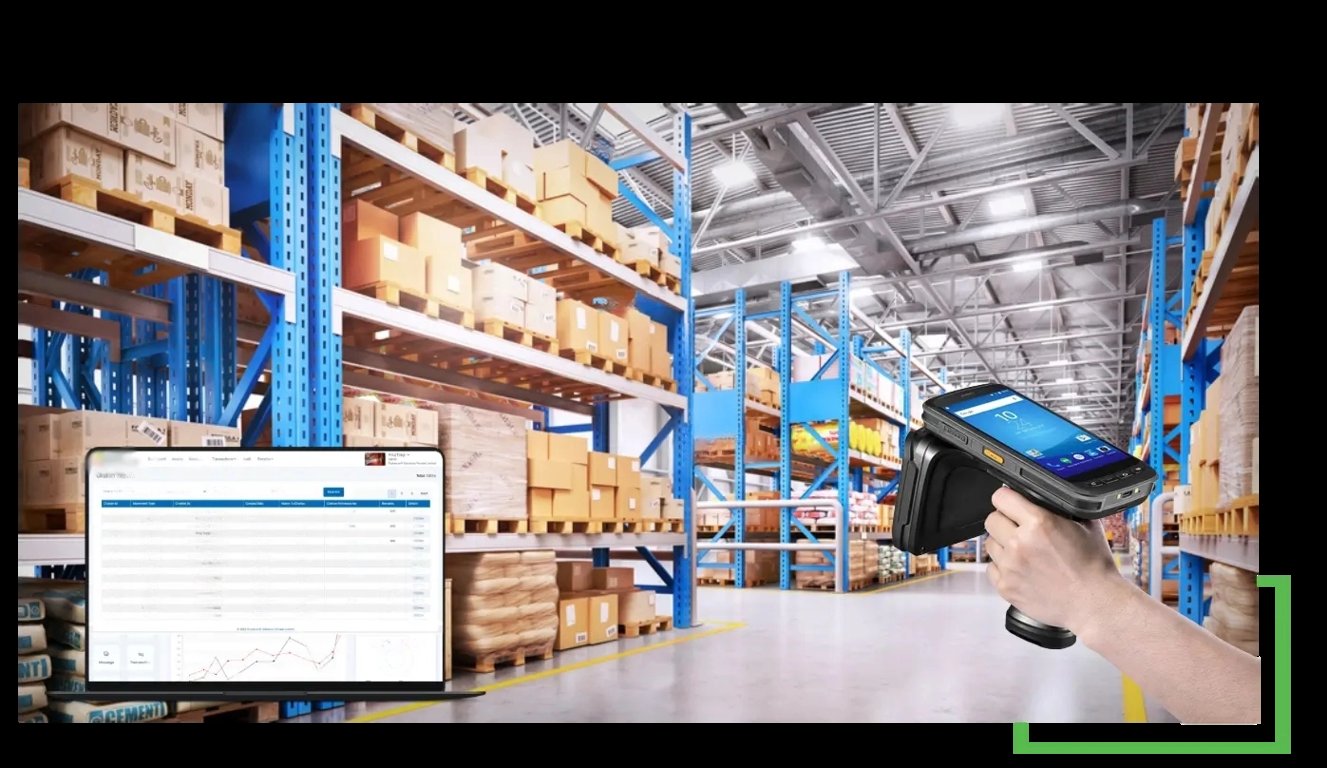
RFID technology uses radio waves to automatically identify and track items in a warehouse. It consists of tags attached to items, readers that communicate with these tags, antenna that transmit and receive signals...
Discover More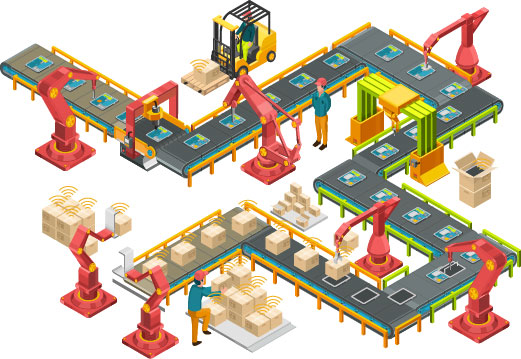
Enabling RFID technology to track work in progress (WIP) during manufacturing production provides vital data that can be accessed in real time to give managers greater visibility into the production process....
Discover More
RFID technology uses radio waves to automatically identify and track items in a warehouse. It consists of tags attached to items, readers that communicate with these tags, antenna that transmit and receive signals, and software that processes the data.
Discover More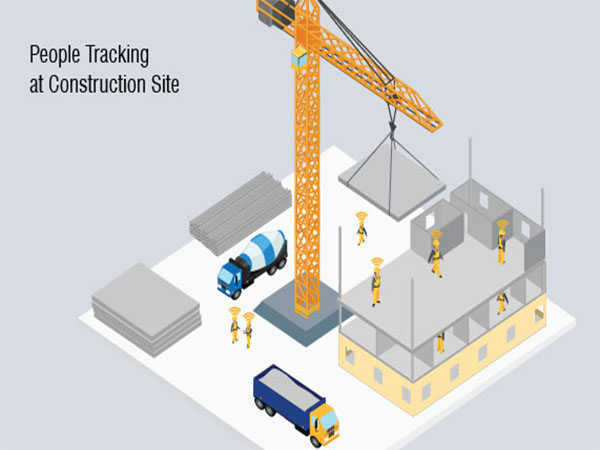
Today there is a rising need to track people on the premises. Our IoT, cloud, and RFID-based system can help in identifying people at different entry/exit points, thereby letting the system know the total number of people present at different locations...
Discover MoreTo reduce time, effort, and cost, an efficient management mechanism for real-time spool tracking and monitoring is required. With IoT Gateway and Handheld devices, Our Spool Tracking platform allows spools to be automatically identified as they are shipped and received, and updated into the system...
Discover More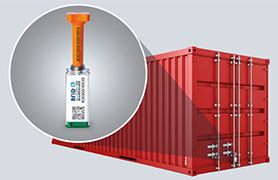
The E-seal is a radio frequency device that transmits container information when interrogated by an RFID portal or mobile reader. It combines the mechanical security of standard seals with the electronic security offered by RFID technology. The E-seal has a unique ID code and can read-write user memory capabilities...
Discover More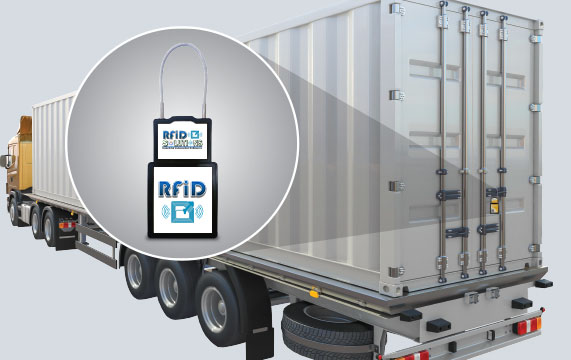
RFID E-Lock is a modern tracking and asset management tool which gives enhanced functionality, and ease of installation and caters to a wide range of applications. RFID E- Lock can incredibly decrease the financial losses caused by the difficulty in tracking important equipment such as trawls, containers...
Discover More
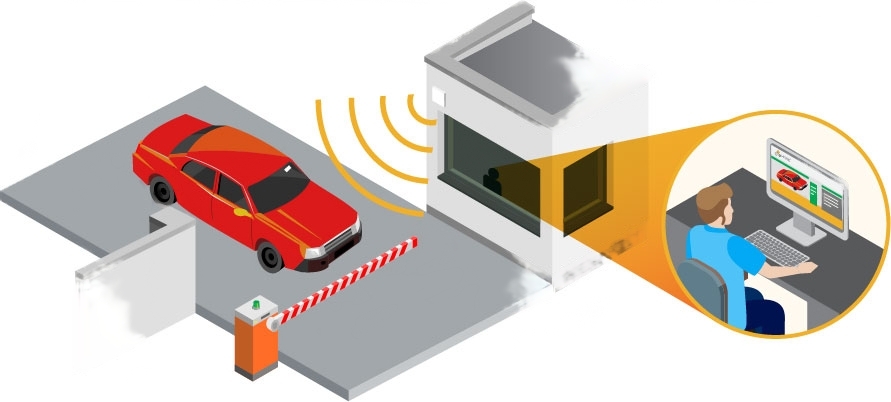
This system includes RFID tags attached to vehicles, readers placed at strategic locations, antennae that transmit and receive signals, and software to process the data....
Discover More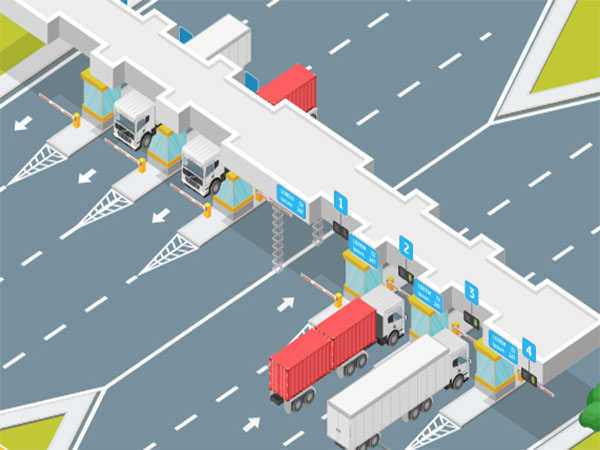
We provide optimization of gate, rail and crane operations. A typical automation solution for container terminals combines and integrates RFID...
Discover More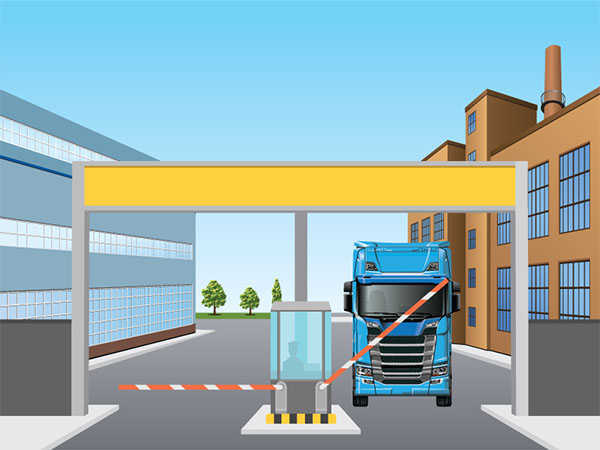
RFID (ITMS) helps the clients of this vertical to manage the traffic of vehicles inside their premises as well as prioritize their entry to their premises basis the need....
Discover More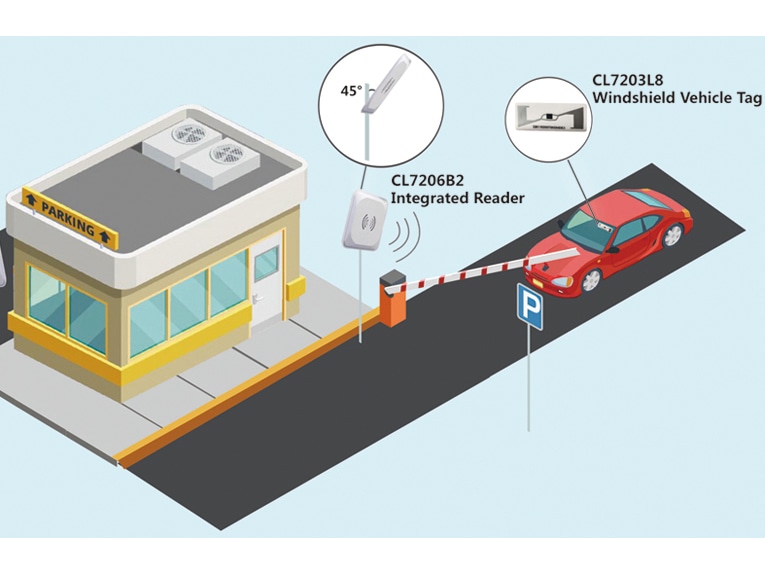
RFID Intelligent Parking System uses RFID technology to streamline parking management. Vehicles have RFID tags, and parking entry/exit points...
Discover More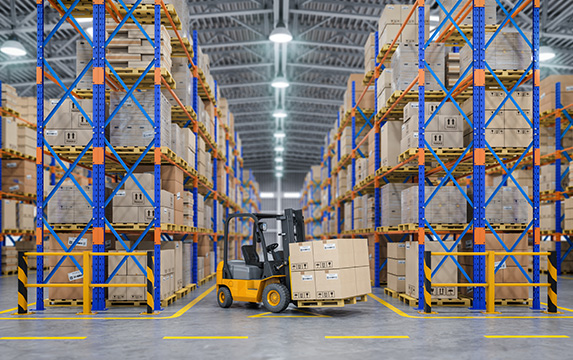
RFID-enabled forklifts can read these tags during the loading and unloading stage and update the list of inventories and their respective locations in the warehouse. RFID-enabled forklifts eliminate...
Discover More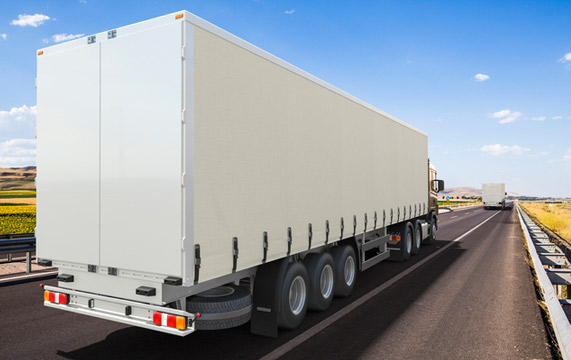
. With the RFID 4r (Read, Record, Report, and Real-Time) system, we have a completely proven solution to take care of all container tracking requirements.
Discover More
A typical RFID solution would be to use industrial, metal friendly and RF noise friendly tags. This is because standard RFID tags may not function correctly in an RF noisy environment....
Discover More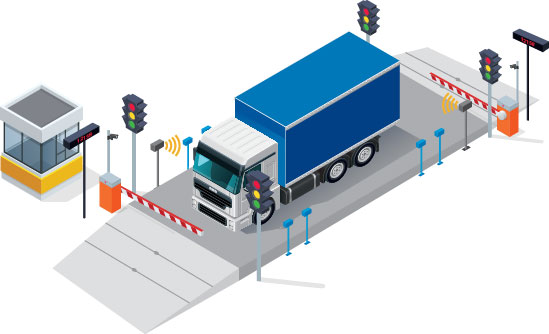
RFID Weighbridge System can be a stand-alone system or even a fully integrated IoT Gateway-based, a central monitoring system that allows 24 hours 7 days...
Discover More
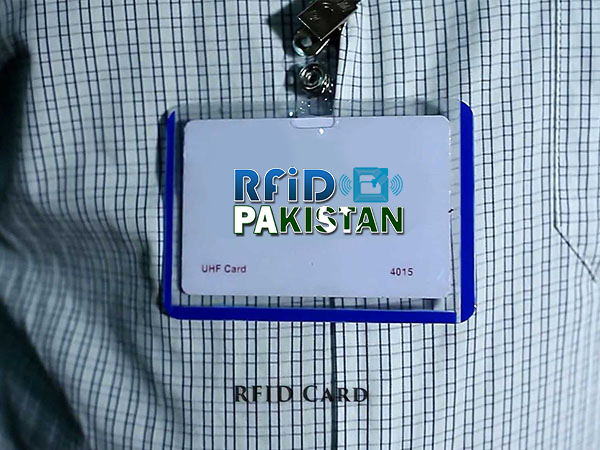
RFID Untouch Attendance Solution with Software, designed to revolutionize attendance tracking in organizations of for Offices, Schools, Colleges, Universities, and all organizations...
Discover More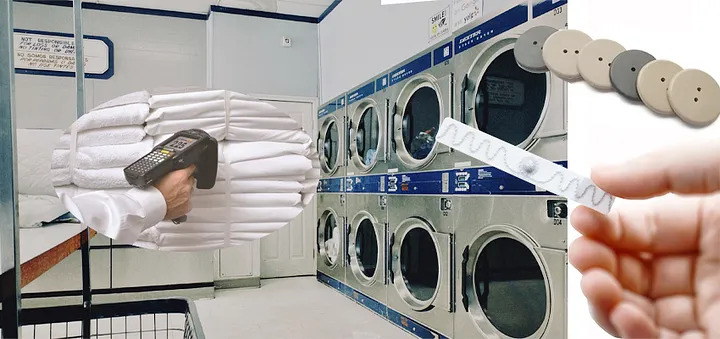
Our RFID Laundry Management Solution provides an innovative approach to streamline your laundry operations, reduce losses, and enhance inventory control.
Discover MoreBuilding gates at each such area would be productive as regular plant operations personnel cannot move about freely and their work can get hampered...
Discover More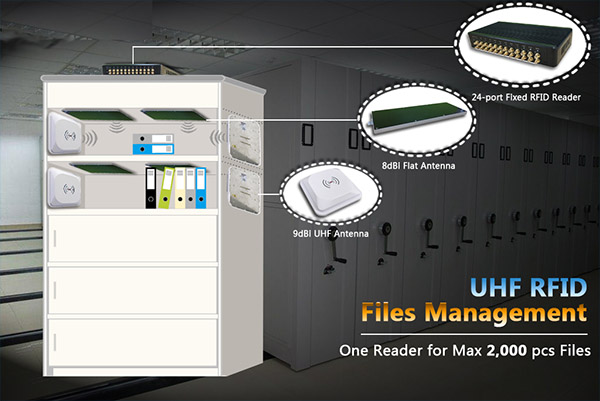
RFID Tag stick on each document, mount the antenna in document frame to achieve accurate positioning. For information, manager will check with RFID handheld and modify the document information...
Discover More
Smart TV Monitor to display and auto Voice Announcement of Vehicle and Student Information.
Discover More
RFID Royalty Customers Deals at Shopping Malls
Discover MoreRFID Sales Staff Tracking at Shopping Malls
Discover More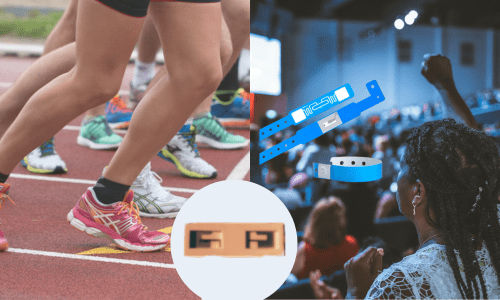

Printed Tickets with RFID inlays are the best present solution to this problem. The ticket looks similar to an ordinary one but has an RFID inlay inside. The RFID inlay is a passive, read-only type tag that can now be identified by a reader....
Discover More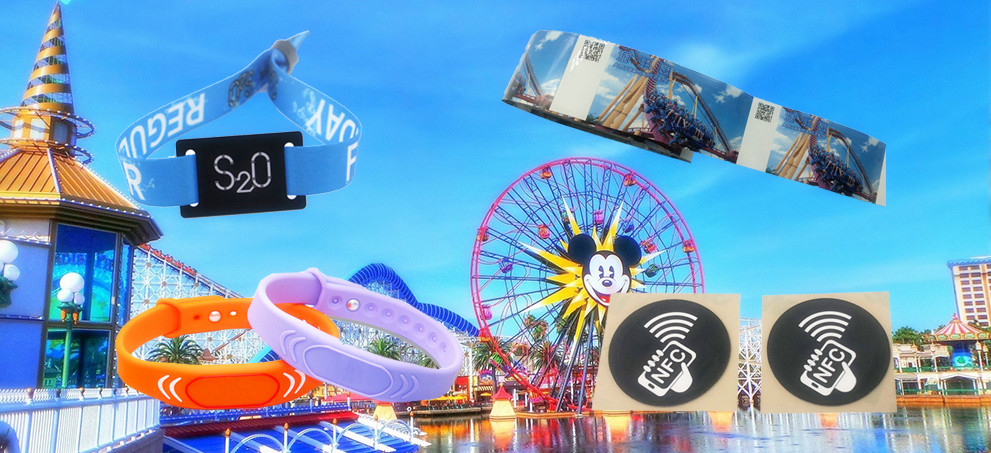
The RFID solution is to issue an RFID wristband to each guest, including children (other than infants). The wristband contains an RFID tag....
Discover More
Each waste bin or bucket has an RFID tag attached to it. Every garbage truck has an RFID reader attached to it. When the waste bin is lifted and emptied into the truck, the truck reader reads the RFID tag....
Discover More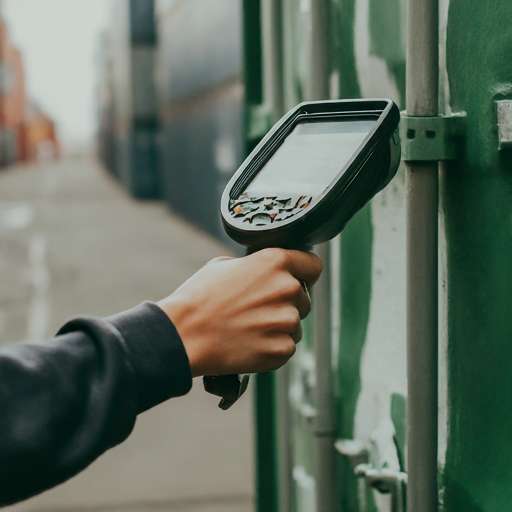
The RFID solution is to go in for an RLTS (Real Time Location System). This involves installing a UHF system (operating at say 868 MHz). The UHF system consists of RFID tags of UHF type (long-range tags)....
Discover More

The RFID solution would be to tag all such objects with RFID tags. They would be of different types, as the tags used for steel objects like scalpels and tweezers, would be different than for towels....
Discover More
To prevent mismatches between mothers & their babies one could easily use RFID tags designed for the purpose.The infant could wear a very small wristband, more like a bangle, which is embedded with an RFID tag inside....
Discover More
All quarantine patients need to be traced periodically with NFC mobile application prompt to scan it is possible. Once the prompt comes patient himself or health officials can visit to quarantine the patient’s address and scan the wristband....
Discover More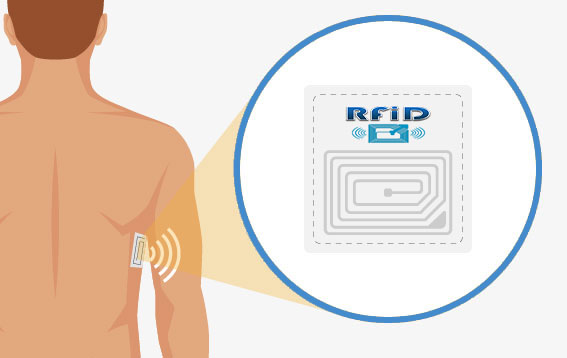
We provide RFID based body temperature monitoring system using simple Near Field Communication (NFC) enabled smartphones, which helps all different levels of staff and government authorities to monitor their staff’s body temperature status continuously at the local and central levels....
Discover More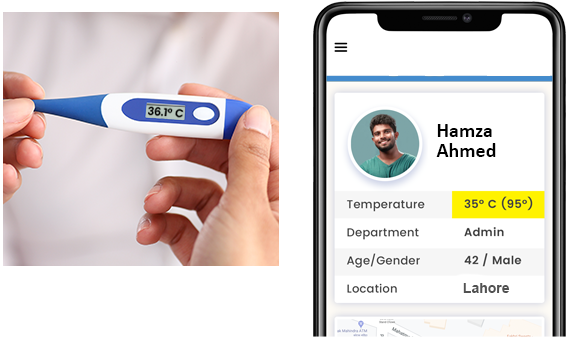
th that manufacturers in all industry sectors know all too well: “You can’t build products working from home.” As law offices, financial services firms, tech companies, and much more close their doors in a post-COVID-1 situation and may request employees to “work from home,”, manufacturers face the reality that manufacturing requires employees to work on-site.
Discover More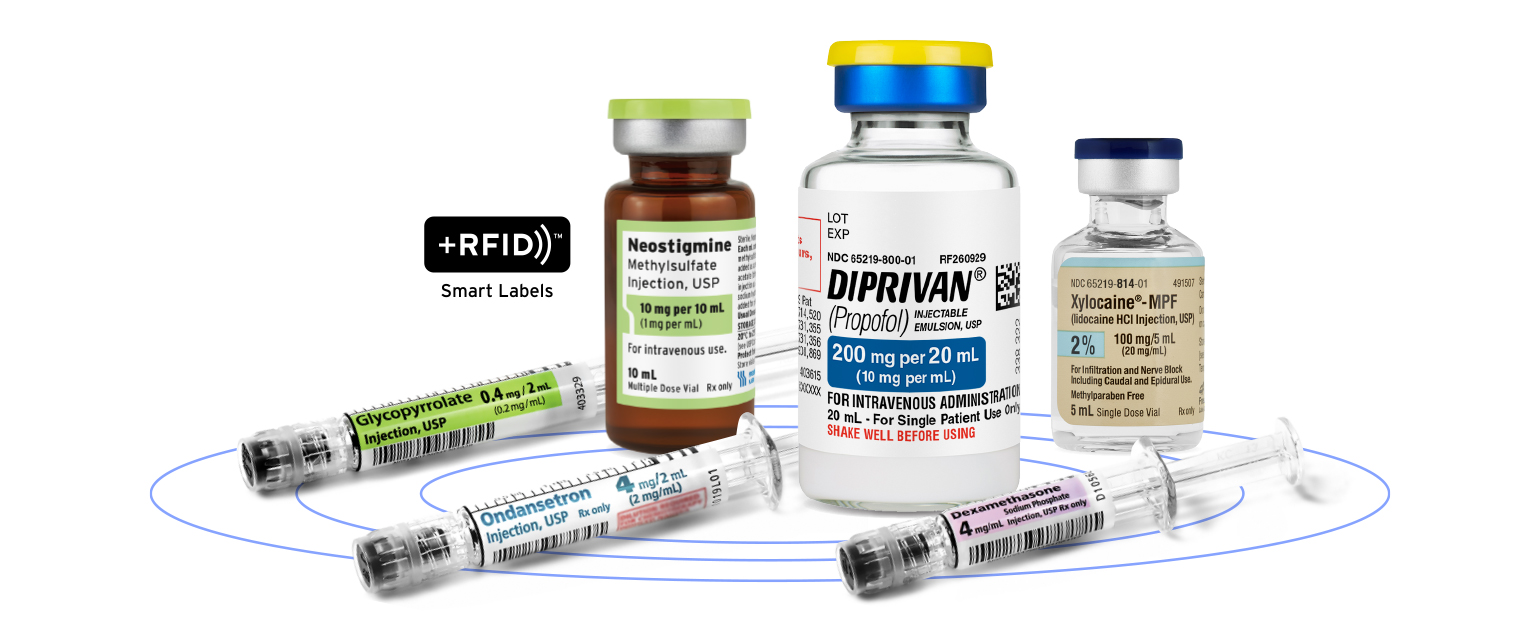
To make the system fool proof, RFID technology was used.The RFID solution was to implant a multi-frequency magnetic resonance tag in the syringe itself, the infusion machine has a pump which is equipped with a device that calculates the amount of anaesthetic to be administered and also has an inbuilt RFID reader....
Discover More
Implementing RFID systems is of course not the only answer to the pedigree problem, but is by far the most attractive. A manual paper & pen based system is certainly possible....
Discover More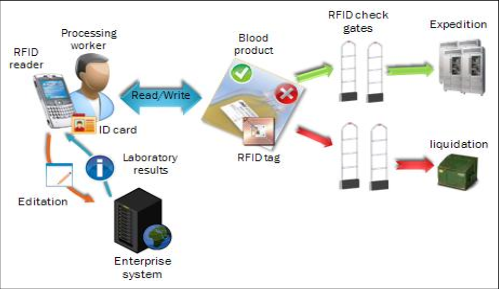
The RFID solution is to embed a tag into the blood bag label itself. The paramedic who transfuses the blood can scan the bag before transferring. He/she typically enters the patient ID number, or in a better system, the patient also has a wristband RFID tag which identifies him uniquely....
Discover More
Business processes are now becoming ‘smart’ due to the tremendous progress in business technology in a couple of years. It has become essential for local businesses to keep up with IT trends in order to survive and compete with the global market. Streamlining the supply chain process is always the crucial and the most significant part of a business. Pakistani businesses are slowly adopting RFID over barcodes while the international market has already embraced this trend. RFID is utilized in providing solutions for warehouses, fixed and mobile asset tracking, field force monitoring and management, Point of Sale (POS), security, access control, etc. Thus, traceability and visibility can be achieved using RFID in any supply chain. Although, adopting RFID for supply chain management requires a relatively huge investment but it definitely is a long-term investment making supply chain processes much more effective and streamlined for years.
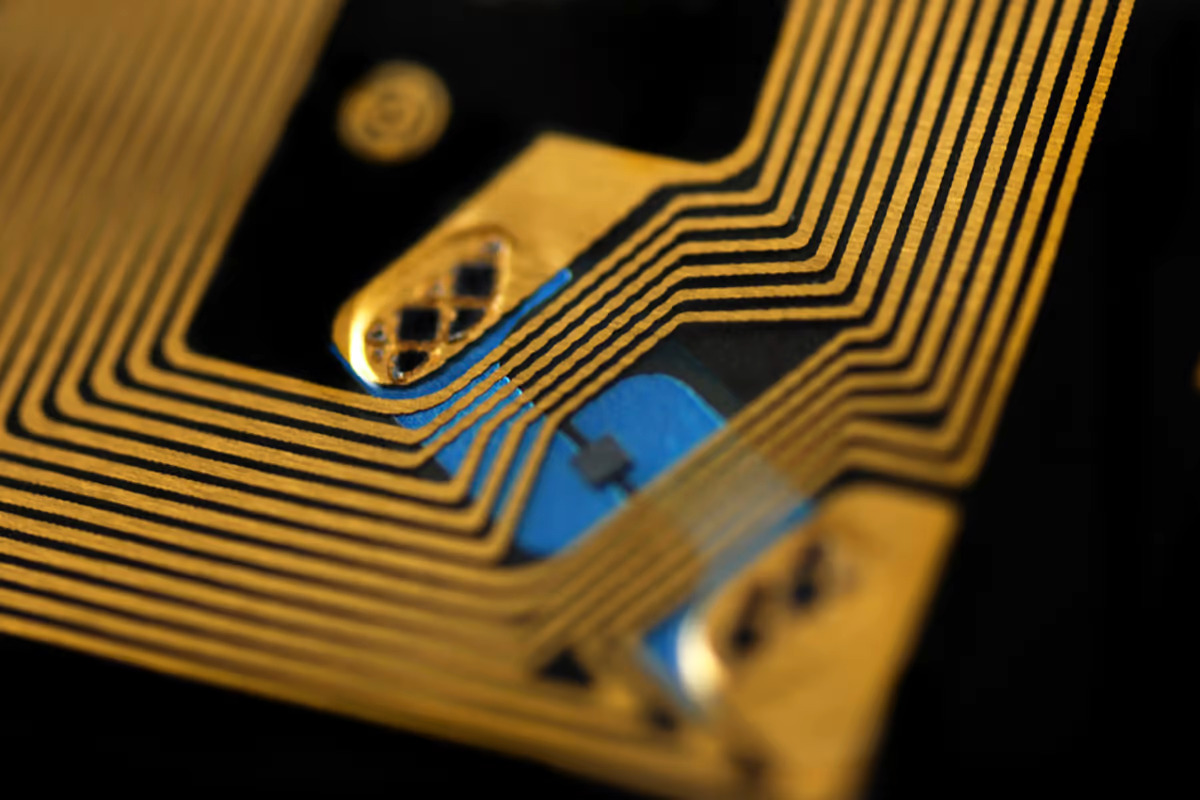
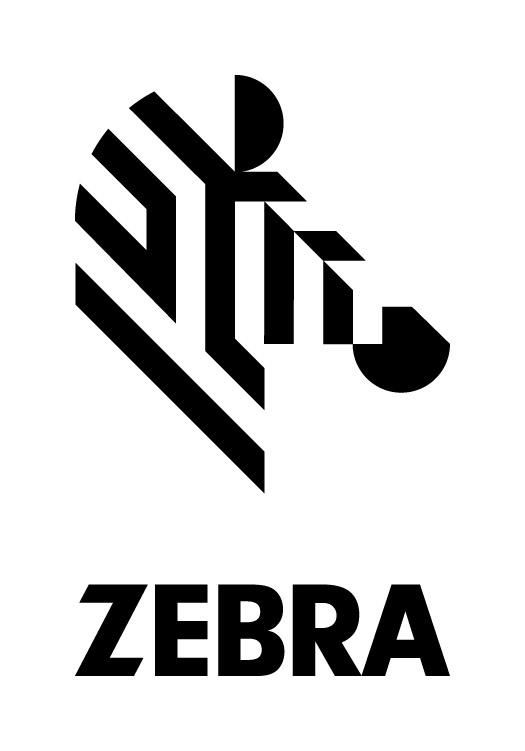
More is expected of you every day, and as a result, you expect more from your technology — more efficiency, more accuracy, more durability..
Discover More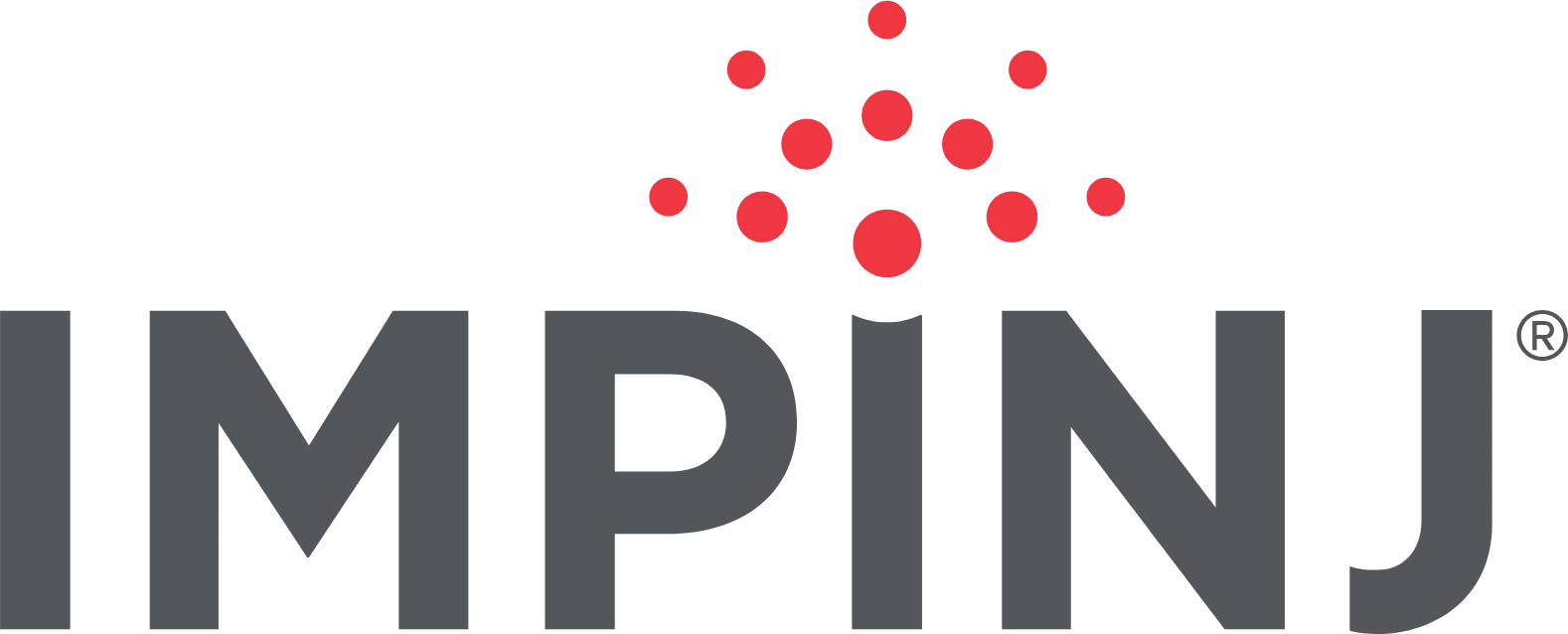
Impinj products are built on RAIN RFID technology and extend connectivity from physical items to edge devices to the cloud...
Discover More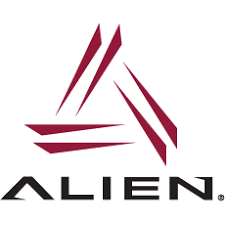
For over 25 years Alien Technology has proven to be the trusted supplier of EPCglobal Gen2 and ISO/IEC 18000-6c compliant UHF passive RFID tags...
Discover More
Confidex designs special UHF EPC Class1 Gen2 RFID tags for applications where standard RFID labels are not suitable...
Discover More
Invengo offers High Quality (ISO-9001) low cost RFID, UHF, HF passive RFID tags, RFID inlays, smart cards, and RFID readers, at global frequencies.
Discover More
Motorola is a recognized worldwide leader in delivering products and solutions that capture, move, and manage information in real-time...
Discover More
Metalcraft RFID labels cover a wide range of asset tracking applications as well as RFID windshield and rearview mirror tags...
Discover More
Omni-ID is the leading supplier of passive, low profile UHF RFID solutions. Omni-ID’s patent-pending technology enables broad range of new applications...
Discover More
UPM RFID specializes in the development and high-volume production of HF and UHF tags and inlays. Aspiring for leadership in product...
Discover More
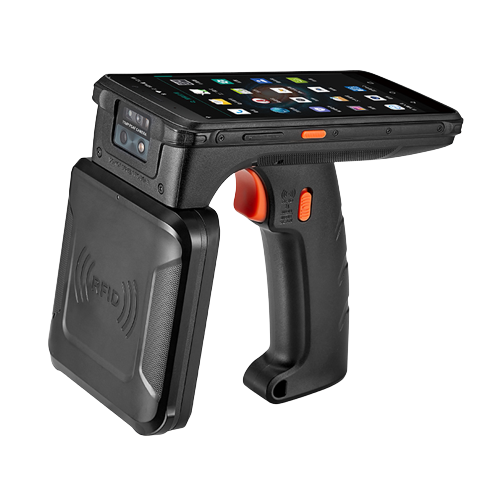
This mobile RFID reader can be easily used in various industries like highway toll stations, retail, logistics, etc...
Discover More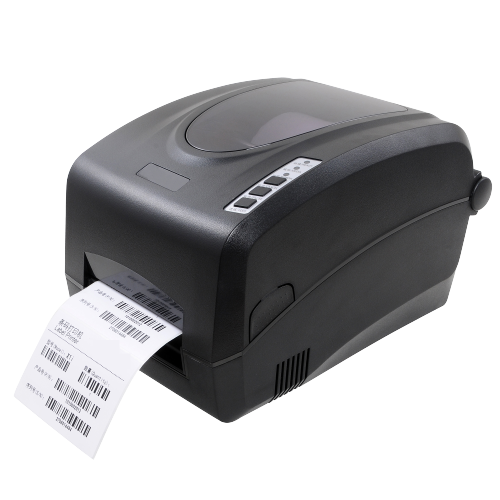
Complete DLL, OCX, and other SDK, complete Windows, Linux, and Mac drivers, and make it worry-free...
Discover More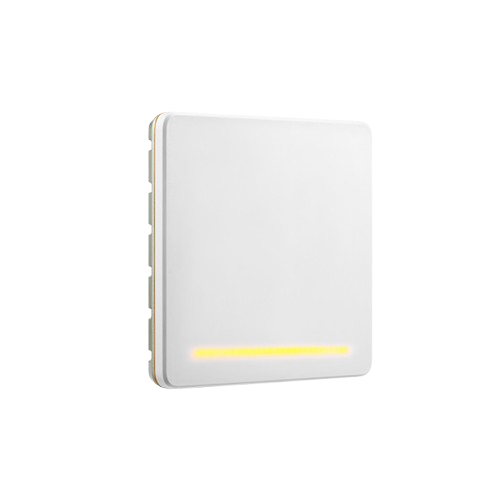
Smart IoT device is one series of Android UHF RFID fixed reader, integrated design support 1 additional antenna port. Running with Impinj Indy R2000 chipset/ newest Impinj E710 RAIN RFID reader chip...
Discover More
Impinj RAIN RFID E710 chip (Indy R2000 optional) Processor AT91SAM9G25 clocked at 400MHz...
Discover More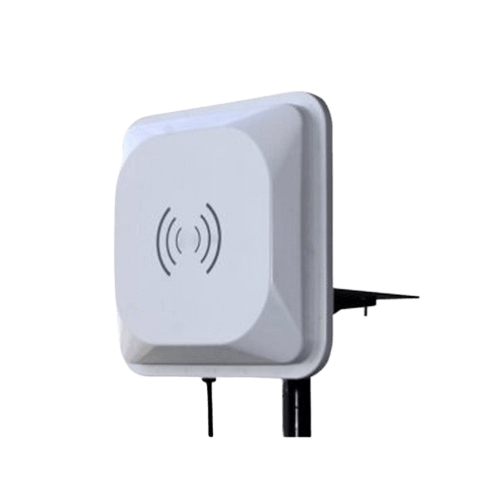
Widely used in parking, warehouse, forklift, production line, container yard, luggage, carousel, file cabinet, smart shelf, etc..
Discover More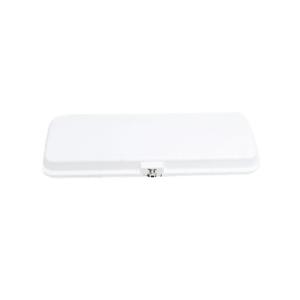
Linear polarization, high-end UHF RFID Antenna, high gain but low standing-wave ratio brings best performance Engineering plastic housing, rugged construction, high protection level for wide using, such as ETC, parking management, intelligent traffic management, vehicle tracking, traffic analysis etc...
Discover More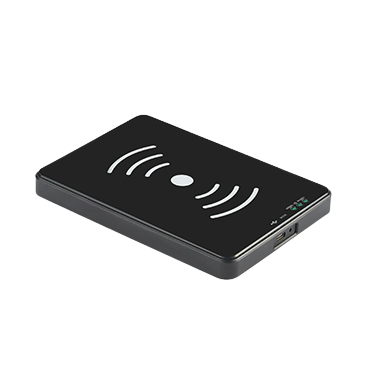
Built-in Circular polarization antenna, writing & reading tag easily. Delicate and compact design, more friendly with end users. IMPINJ RAIN RFID E310 or QM100 chipset offers lower cost & higher performance...
Discover More
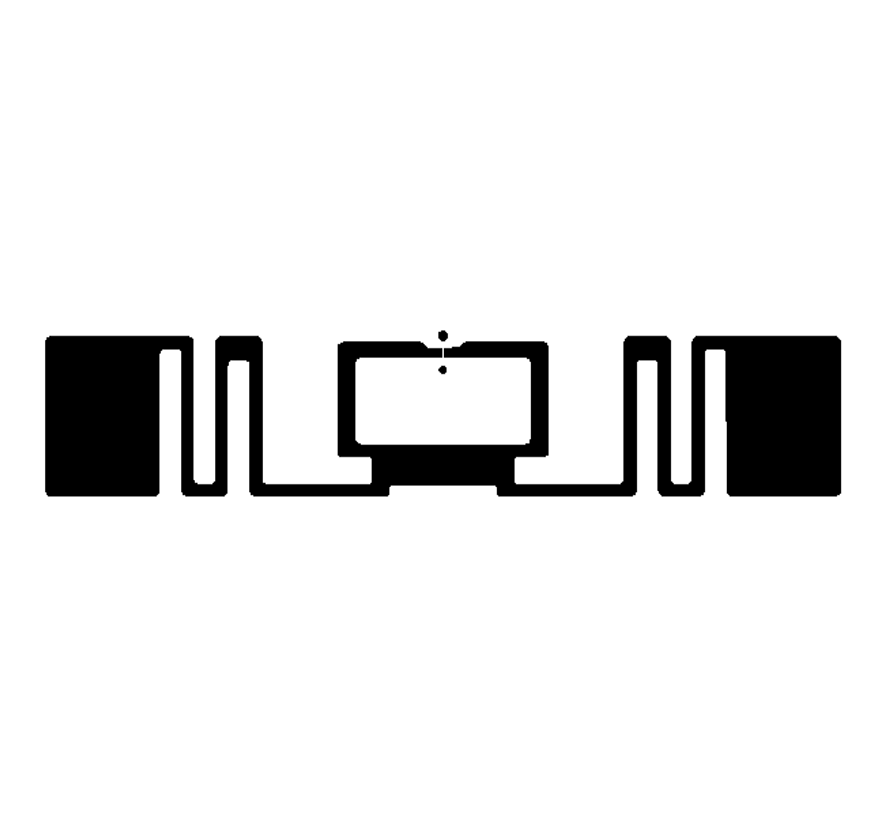
RFID care labels and rfid hangtags are the two primary types of tags used in garment management...
Discover More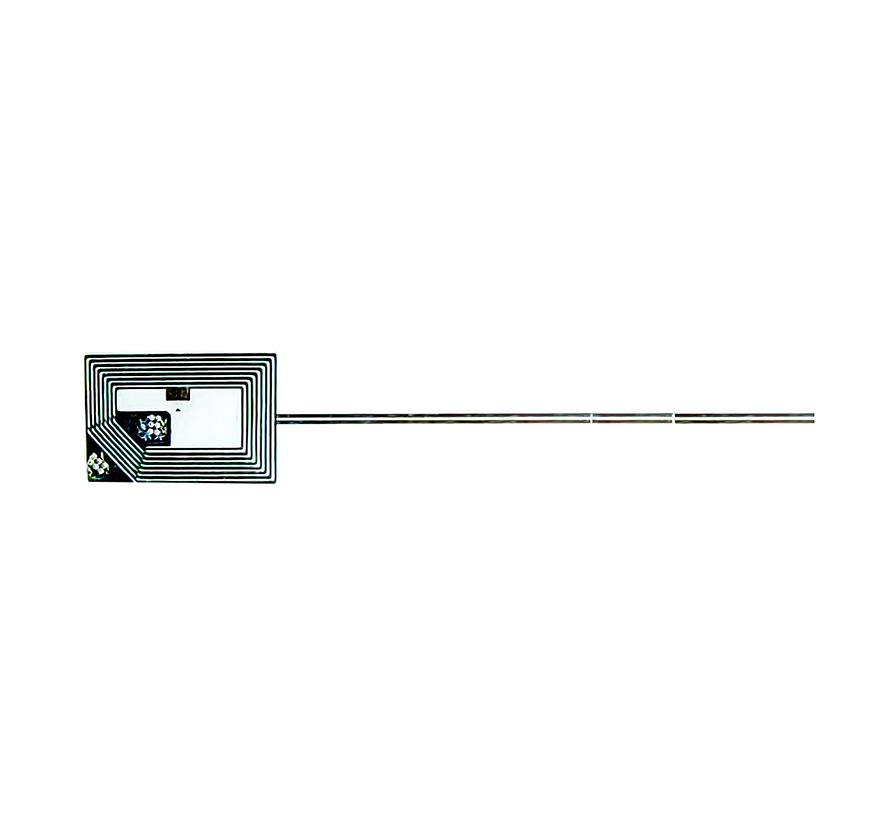
NFC RFID antenna for jewelry stores. Customers scan jewelry with smartphones for brand info...
Discover More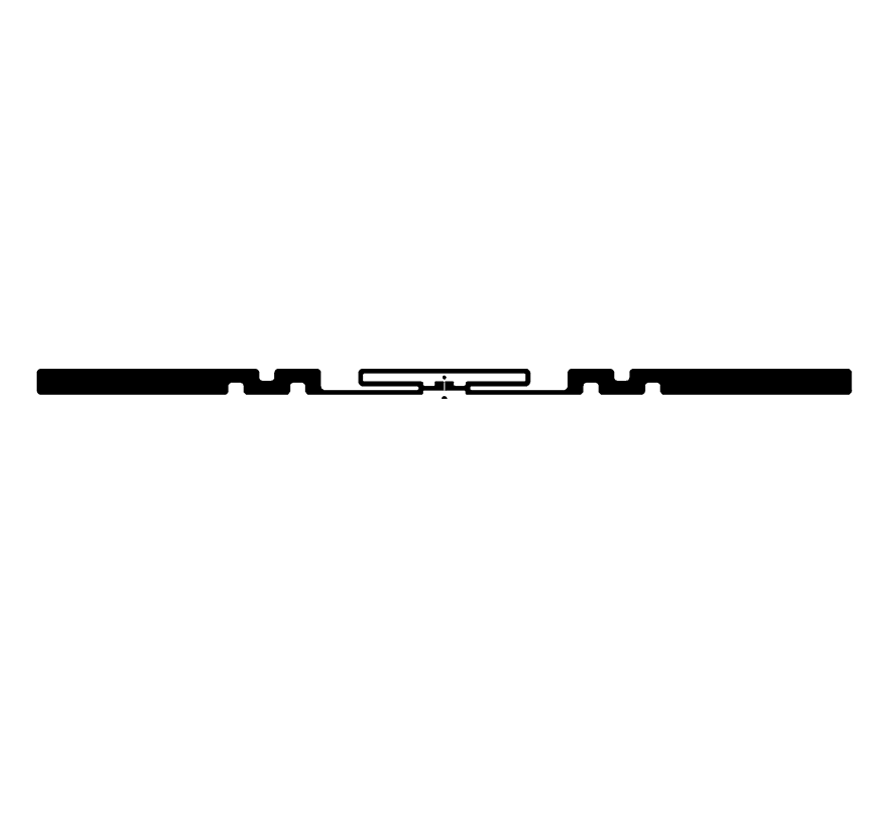
Its high efficiency and excellent performance make it widely used in library and wine fields etc...
Discover More
This UHF on-metal label can be applied on any metallic items...
Discover More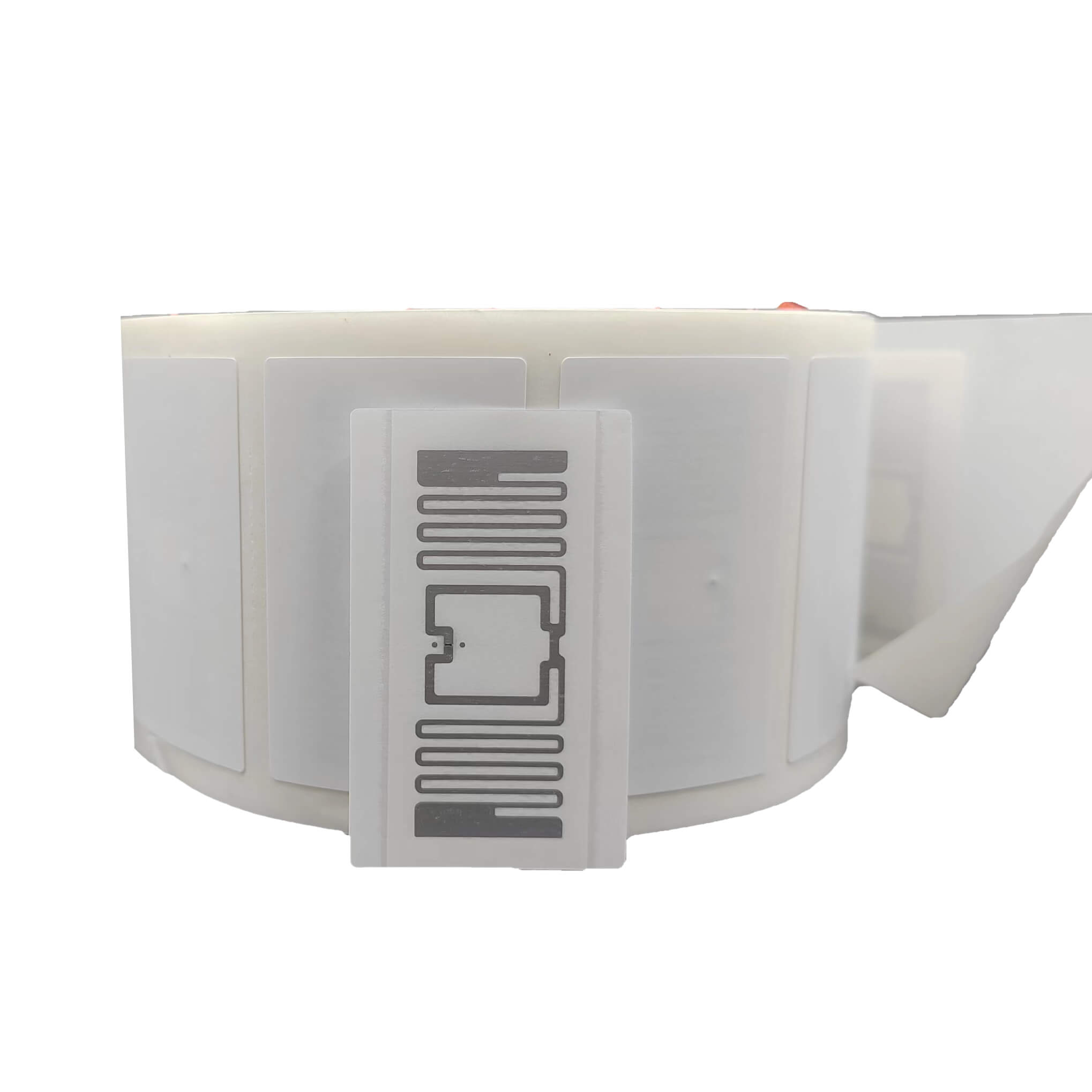
the label is kept intact as well. Suitable for application : plastics, paper materials, logistics packaging, etc.
Discover More
the label is kept intact as well. Suitable for application : plastics, paper materials, logistics packaging, etc.
Discover More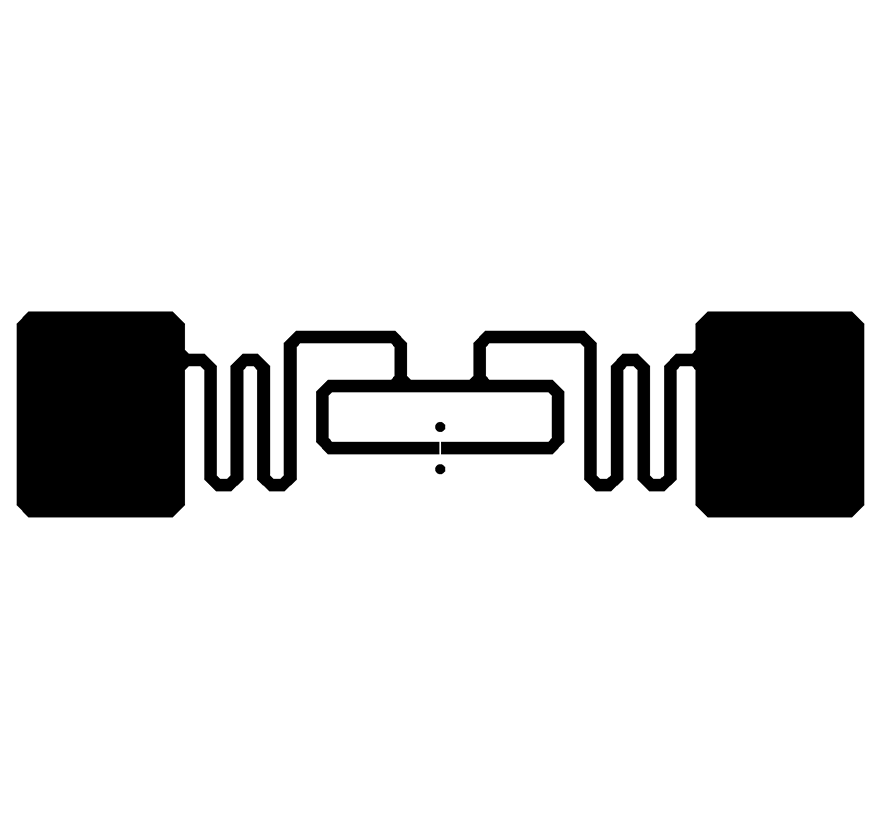
Windshield tags are adhesive tags that are applied to the inside of a vehicle’s windshield, providing a read range of approximately 20 feet or more...
Discover More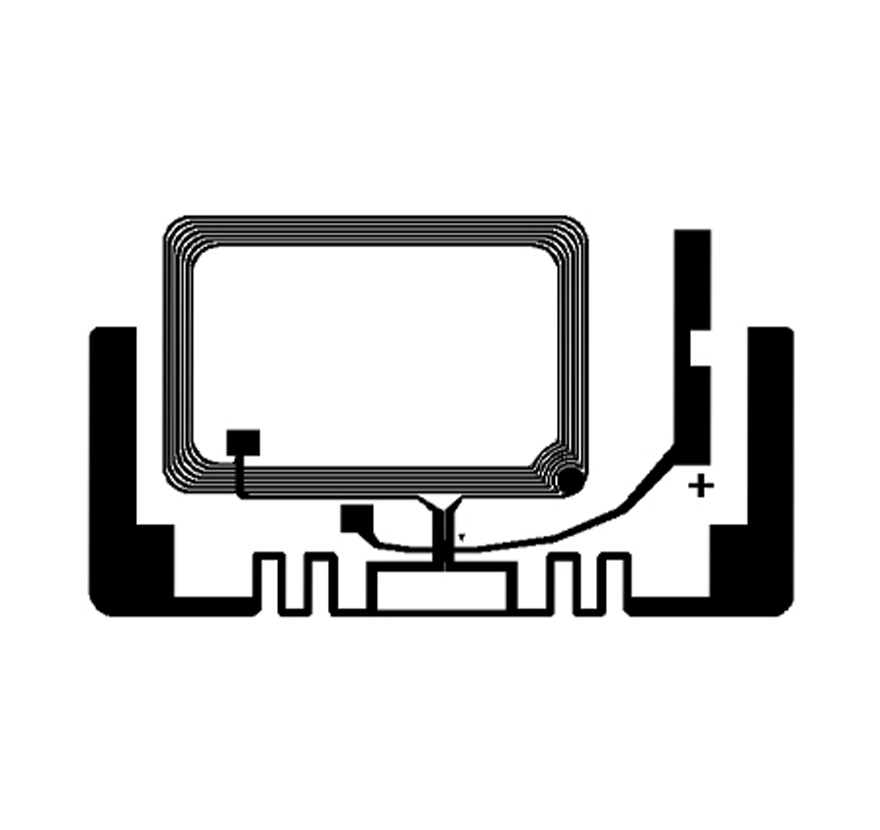
RFID temperature tags can be employed in vaccine, pharmaceutical, and fresh cold chains...
Discover More

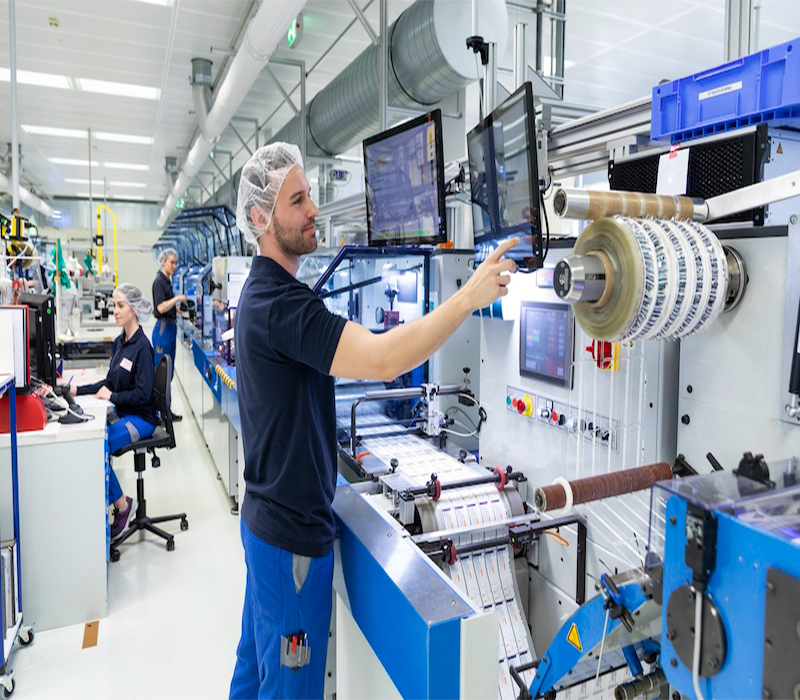

Radio frequency identification, or RFID, is a generic term for technologies that use radio waves to automatically identify people or objects. There are several methods of identification, but the most common is to store a serial number that identifies a person or object, and perhaps other information, on a microchip that is attached to an antenna (the chip and the antenna together are called an RFID transponder or an RFID tag). The antenna enables the chip to transmit the identification information to a reader. The reader converts the radio waves reflected back from the RFID tag into digital information that can then be passed on to computers that can make use of it.
RFID is not necessarily “better” than bar codes. The two are different technologies and have different applications, which sometimes overlap. The big difference between the two is bar codes are line-of-sight technology. That is, a scanner has to “see” the bar code to read it, which means people usually have to orient the bar code toward a scanner for it to be read. Radio frequency identification, by contrast, doesn’t require line of sight. RFID tags can be read as long as they are within range of a reader. Bar codes have other shortcomings as well. If a label is ripped or soiled or has fallen off, there is no way to scan the item, and standard bar codes identify only the manufacturer and product, not the unique item. The bar code on one milk carton is the same as every other, making it impossible to identify which one might pass its expiration date first.
Just as your radio tunes in to different frequencies to hear different channels, RFID tags and readers have to be tuned to the same frequency to communicate. RFID systems use many different frequencies, but generally the most common are low-frequency (around 125 KHz), high-frequency (13.56 MHz) and ultra-high-frequency or UHF (860-960 MHz). Microwave (2.45 GHz) is also used in some applications. Radio waves behave differently at different frequencies, so you have to choose the right frequency for the right application.